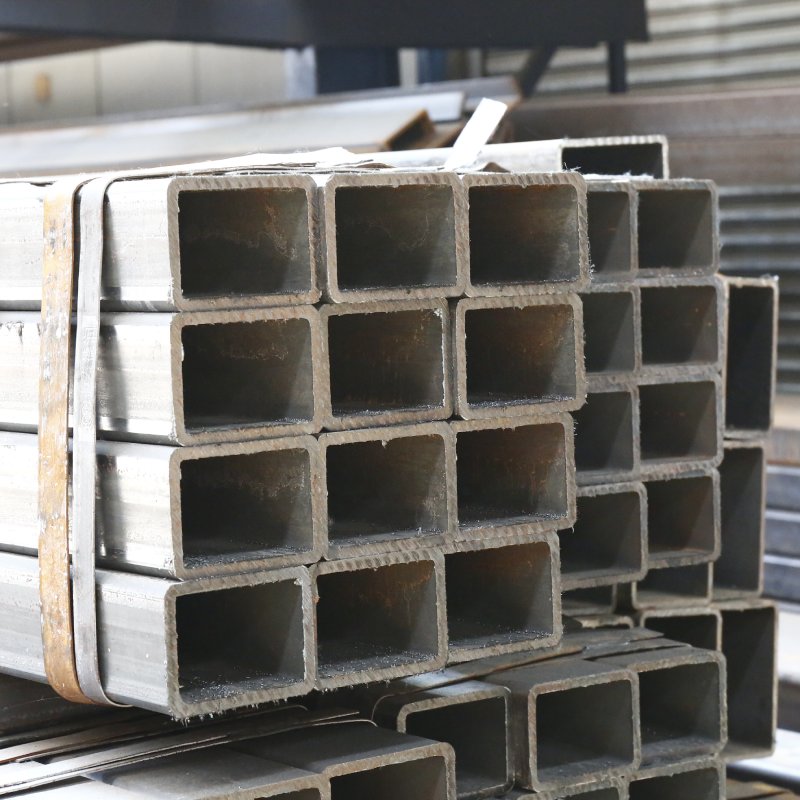
Image source Aiweiblockmachine
Adoption of 3D Printing Technology in Full-Automatic Block Manufacturing
Title: Revolutionizing Full-Automatic Block Manufacturing: The Advent and Adoption of 3D Printing Technology
Introduction
The manufacturing landscape has undergone a seismic shift with the advent of 3D printing technology. This revolutionary approach to production has permeated various industries, and full-automatic block manufacturing is no exception. In this article, we explore the transformative impact of 3D printing technology on full-automatic block production, examining the advantages, challenges, and the potential for reshaping traditional manufacturing paradigms.
1. **Precision and Customization**
One of the standout features of 3D printing is its ability to achieve unparalleled precision and intricate detailing. In the context of full-automatic block manufacturing, this precision translates into the creation of blocks with highly specific dimensions and characteristics. 3D printing allows for the customization of blocks according to unique design specifications, providing architects and builders with a level of flexibility and creativity previously unimaginable.
The precision offered by 3D printing ensures that each block is manufactured with consistent quality, contributing to the structural integrity and aesthetic appeal of the final construction.
2. **Complex Geometries and Lightweight Structures**
Traditional block manufacturing methods often face limitations in producing complex geometric shapes and lightweight structures. 3D printing, however, excels in creating intricate designs and lightweight components with minimal material wastage. This capability is especially valuable in architectural applications where unique designs and sustainable construction practices are increasingly in demand.
By embracing 3D printing in full-automatic block manufacturing, architects and builders can push the boundaries of design, creating structures that are not only visually stunning but also optimized for material efficiency.
3. **Rapid Prototyping and Iterative Design**
The iterative design process is a cornerstone of innovation in manufacturing. 3D printing facilitates rapid prototyping, allowing designers and engineers to quickly produce and test different iterations of block designs. This agility in prototyping accelerates the product development cycle, enabling manufacturers to bring new and improved blocks to market faster.
The full-automatic nature of the production line complements the rapid prototyping capabilities of 3D printing, ensuring that the iterative design process seamlessly integrates into the overall manufacturing workflow.
4. **Reduced Material Waste and Cost Efficiency**
Traditional block manufacturing often involves cutting and shaping materials, leading to significant waste. 3D printing, in contrast, is an additive manufacturing process, meaning material is deposited layer by layer, minimizing waste. This not only contributes to environmental sustainability but also enhances cost efficiency by optimizing material usage.
In the context of full-automatic block manufacturing, the reduction in material waste aligns with the principles of sustainable and economically viable production practices.
5. **On-Demand Manufacturing and Localized Production**
3D printing enables on-demand manufacturing, allowing for the production of blocks precisely when and where they are needed. This flexibility is particularly advantageous in construction projects with dynamic timelines and varying requirements. The full-automatic nature of the production line ensures that 3D-printed blocks can be manufactured continuously, responding to real-time demand fluctuations.
Localized production is another benefit, as 3D printing setups can be strategically placed near construction sites, minimizing transportation costs and reducing the environmental impact associated with long-distance shipping of traditional blocks.
6. **Challenges and Considerations**
While the adoption of 3D printing in full-automatic block manufacturing holds immense promise, certain challenges must be addressed. These include the development of high-performance, construction-grade 3D printing materials, scalability of the technology for large-scale projects, and the need for standardized regulations and certifications for 3D-printed construction materials.
Furthermore, the integration of 3D printing into full-automatic production lines necessitates a robust quality control framework to ensure the consistency and reliability of the printed blocks.
Conclusion
The adoption of 3D printing technology in full-automatic block manufacturing represents a paradigm shift in the construction industry. The precision, customization, and sustainability offered by 3D printing align with the evolving demands of modern architecture and construction practices. As technology continues to advance, and challenges are addressed, the marriage of 3D printing and full-automatic block manufacturing holds the potential to redefine how we build, offering a glimpse into a future where creativity, efficiency, and sustainability converge in the construction of structures that are both functional and visually stunning.
